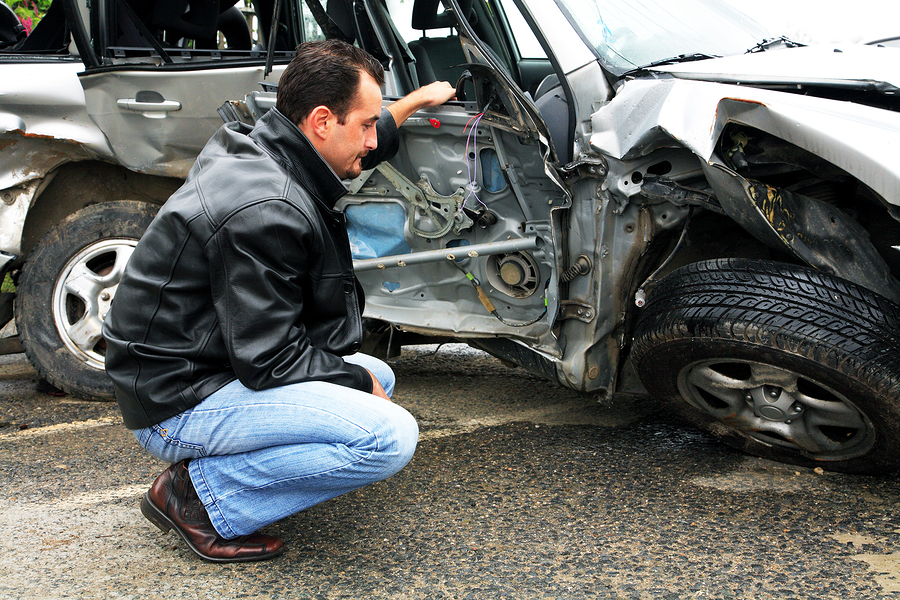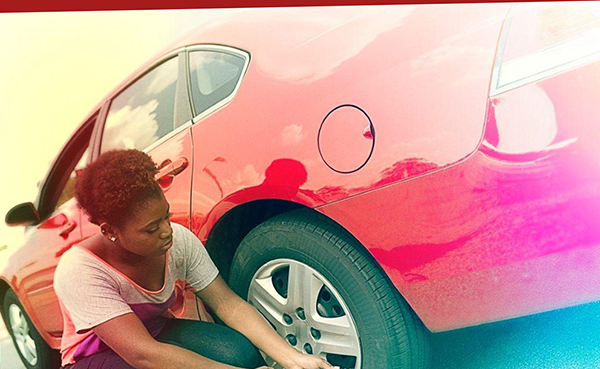What’s worse than getting into an auto accident if you don’t have any car insurance? Being involved in a collision when you think you are covered by insurance, but you really aren’t. The hard truth is, there’s no such thing as “full coverage” when it comes to auto insurance. That’s because no matter how much car insurance you purchase, there will always be a hypothetical scenario in which your coverage will not be adequate in some way.
Auto Insurance is Like a Wall or a Fence
Here’s an illustrative metaphor: imagine that you are trying to secure your yard, land, or acreage from unwanted people. (You can think of it as “trespassing insurance” if it makes it easier.) Usually, that will involve erecting some type of barrier around the perimeter of your property.

The simplest type of barrier would be a low wooden fence, but trespassers could simply climb over it. If you put up a six-foot chain link fence instead, intruders could use heavy-duty metal cutters to carve a hole through it. If you electrified the fence, enterprising individuals would find a way to cut the power before slicing through it.
So maybe a brick wall would be better, right? But it would only take a ladder to climb over it and reach the other side. And if you build a higher wall, it could still be defeated by a taller ladder. Even if you were to employ alarms and/or cameras, these measures still wouldn’t stop a knowledgeable trespasser if he or she wanted to block the camera lenses and/or circumvent the alarm system.
The same concept applies to auto insurance. You could obtain several different types of policies with high amounts of coverage, but you still wouldn’t be “fully” covered against any and all mishaps or calamities.
When Auto Insurance Coverage Isn’t “Full”
Here are some real-world examples of how drivers might believe they are properly protected by auto insurance, but in actuality are left with a hefty expense because their policy doesn’t cover them.
1. Megan purchases the minimum liability insurance required by law in California (the “low wooden fence” version, if you will). This includes $15,000 of bodily injury coverage per person and $30,000 of similar coverage per accident. When Megan rear-ends another car, her airbag deploys and breaks her nose; but her medical costs will be covered by her bodily injury coverage, right?
Wrong. Bodily injury coverage is designated only for others who are injured in Megan’s accident (like the driver of the rear-ended car). She’ll have to rely on her own health insurance to help her with medical costs – and if she doesn’t have health coverage, she’ll pay for her broken nose out of her own pocket.

Solution: Make sure you have satisfactory health insurance, or consider buying personal injury protection (PIP) or medical payments coverage.
2. Tommy also has the minimum levels of car insurance, so he thinks he’s covered when he sideswipes a coupe being driven by an elderly woman. But because of her advanced age, she breaks a couple of bones and incurs $23,000 in medical costs.
Since Tommy is only covered for $15,000 per person (the $30,000 figure is for multiple victims in the same collision), he could be sued by the woman for the other $8,000 in health care expenses.
Solution: Because health care is so pricey, it would be wise to consider buying a liability policy with higher coverage limits, such as $25,000, $50,000, or even $100,000 of bodily injury coverage.
3. Donna has not only acquired the minimum liability coverage, but has chosen to purchase a policy with $25,000 in property damage coverage instead of the California-mandated $5,000. So when she slams her pickup truck into a light pole, she’s confident that her repair bill will be less than that figure – so it’s all good for Donna.
Except it isn’t. That $25,000 only covers damage to other people’s property, not her own vehicle. Therefore, while her policy will be able to handle the costs of fixing the light pole, she’s on her own when it comes to getting her truck repaired.
Solution: In addition to liability insurance, buy a collision insurance policy which reimburses you for auto repairs in any collision which is your fault.
4. Scott, like Donna, has invested in liability coverage that’s above the state-mandated minimums. As he’s crossing an intersection, a car driven by a young woman runs a red light and T-bones his SUV, leaving him with an undrivable vehicle and a separated shoulder. Since it was the other driver’s fault, Scott’s auto repairs and medical bills should be covered, right?
As it turns out, the red-light runner doesn’t have any auto insurance whatsoever. Scott has the right to sue the other driver for damages in civil court, but given that the woman likely can’t afford auto insurance, it stands to reason that she probably doesn’t have the assets to pay him.
Solution: A type of coverage known as uninsured/underinsured motorist (UI/UM) insurance would be a smart investment. This policy pays you if you are victimized in a collision by another driver who has inadequate or no insurance coverage.
5. Taylor took the extra step of not only buying stronger-than-required liability insurance, but also collision and UI/UM coverage as well. Taylor goes to sleep at night knowing that the Prius in the driveway is fully covered.
Unfortunately, Taylor wakes up to find the car gone; so a stolen vehicle report is given to the police. Sadly, none of Taylor’s auto insurance policies cover the costs of a stolen vehicle – so Taylor is now without a car.
Solution: Comprehensive insurance will reimburse you for costs incurred as the result of almost any type of mishap other than collisions. This includes theft, vandalism, and even damage by falling objects.
Here are some other scenarios in which your standard auto insurance likely wouldn’t cover your costs:
- Expenses from an accident if you’re using your vehicle to transport goods or people as part of a business (like Uber or pizza delivery)
- Costs needed to tow your vehicle to a repair shop and/or rent a car while yours is being repaired (although there are auto policies that do address these specific issues)
- Any otherwise covered expenses if your insurer discovers that you submitted false information on your insurance application (that’s insurance fraud)
What Should You Do?

All of this information isn’t intended to give you a nihilistic attitude toward auto insurance. Rather, it stresses the importance of employing what’s known as cost-benefit analysis when purchasing coverage. Cost-benefit analysis is simply weighing the costs of additional insurance against the odds that you will someday need to use it.
There’s no standard formula to use, because every person’s situation is different. Obviously, you have to factor in your household budget; plus, you should try and estimate the most likely problems you may encounter while driving. For example, if you live or work in a high-crime neighborhood and have to park out on the street, then you may lean toward comprehensive insurance in case your car gets stolen. Or if you tend to drive on busy freeways during rush hour, you might want to obtain collision insurance since you’re probably more prone to being involved in a fender bender. And if you drive through upscale areas where a lot of luxury vehicles are on the road, you might consider higher liability limits in case you cause a collision with a Porsche or a Mercedes.
AIS Can Aid Your Decision-Making Process
Here’s the good news: if you have a lot of questions about your ideal mix of auto insurance coverage, you can seek the advice of a qualified AIS Insurance representative. The people of AIS have the experience and resources to assist you throughout all aspects of your decision-making process. So even though you can never be “fully” covered, you can get the most bang for your auto insurance buck by calling AIS Insurance today!
The information in this article was obtained from various sources. This content is offered for educational purposes only and does not represent contractual agreements, nor is it intended to replace manuals or instructions provided by the manufacturer or the advice of a qualified professional. The definitions, terms and coverage in a given policy may be different than those suggested here and such policy will be governed by the language contained therein. No warranty or appropriateness for a specific purpose is expressed or implied.


